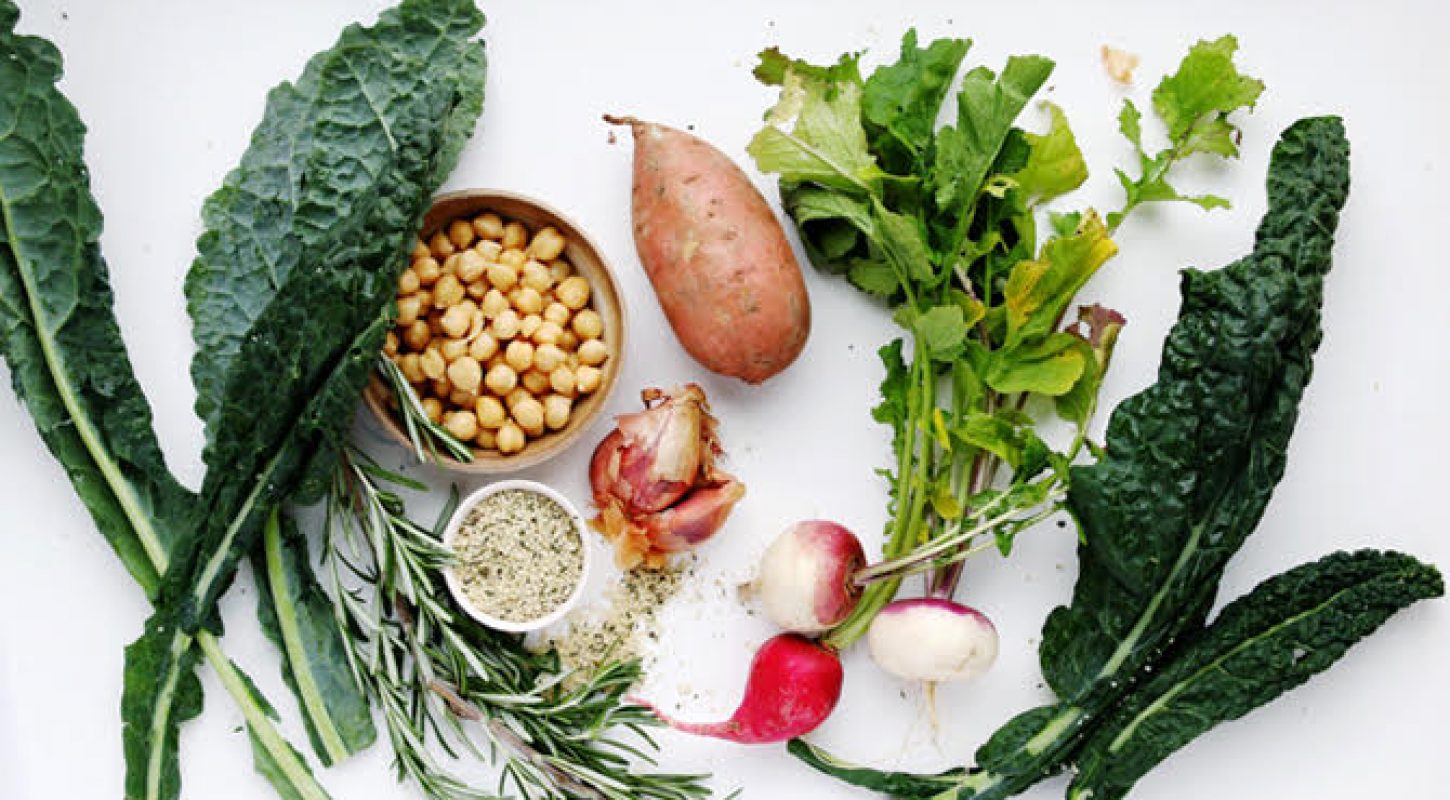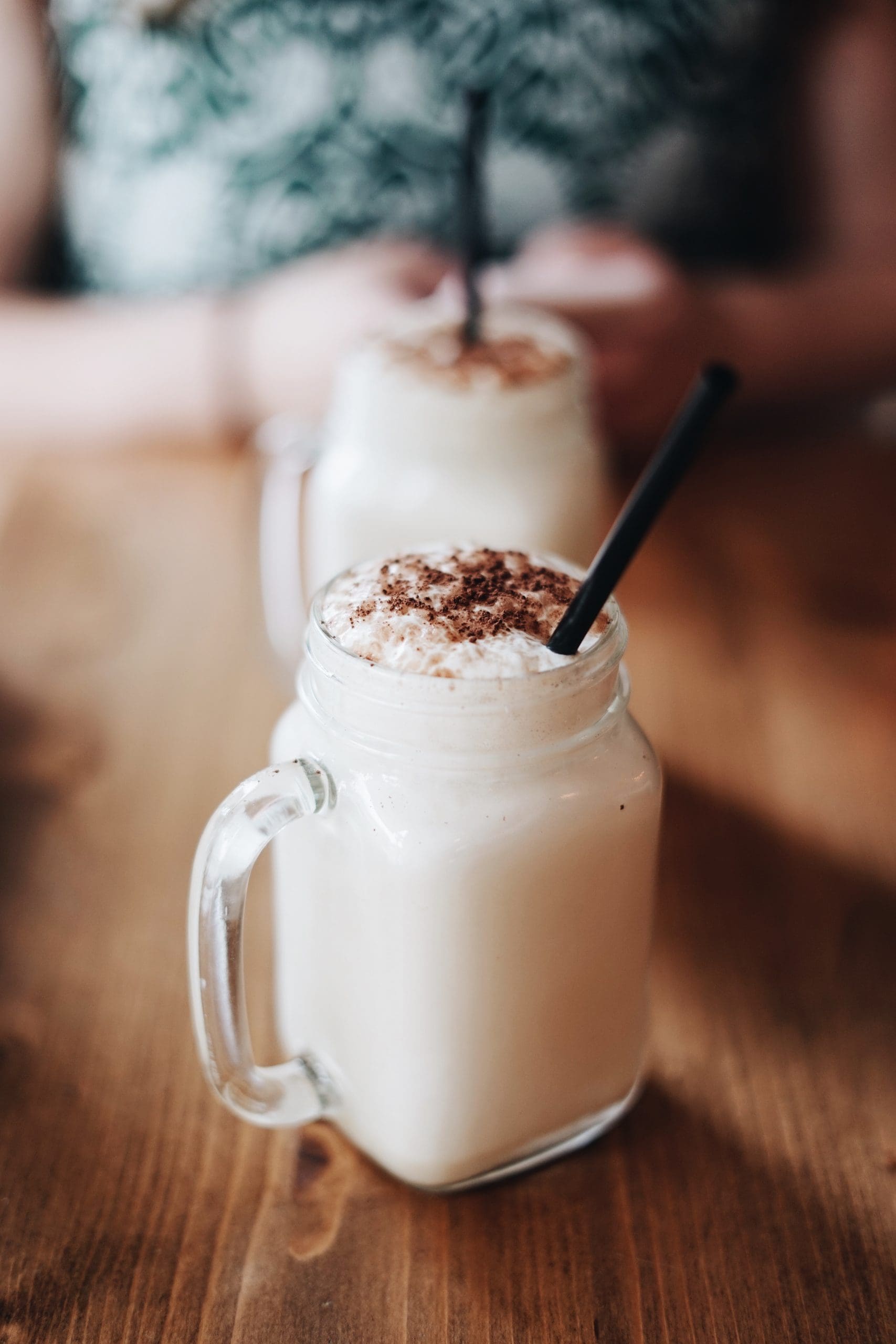Did you know there’s a Jewish holiday that honors a vegan queen named Esther? Seriously! I recently saw it referenced on a Temple’s event calendar and it brought back memories of celebrating it as a little girl. Since it’s been over 20 years since I’ve thought about Purim, I did some digging to learn what the history is behind this under-the-radar holiday, and here’s what I found out.
Purim commemorates the survival of the Jews in ancient Persia. The holiday honors Queen Esther, a brave plant-powered shero! Esther was sent to the King of Persia to become part of his harem. The king developed a love for her and eventually made Esther the queen. Esther withheld her nationality, so the king did not know she was Jewish. Then Haman, one of the king’s advisors, made a plan to persecute all Jews. Esther revealed her identity to the king and filled him in on Haman’s plan, which saved the Jewish people.
Today, Purim is celebrated with fasting, feasting, giving gifts of food and drink, and donating to charity. Many of the foods traditionally consumed during the holiday are plant-based. This is because while Esther lived with the King of Persia, she ate beans, seeds, and peas in order to stay kosher, so she was vegan by default.
One of the most common traditional dishes during Purim is Hamantaschen, aka “ears of Haman.” Hamantaschen are 3-sided pastries filled with poppy seeds, fruit, preserves, or other types of filling like chocolate. (You can also get creative and make them savory, check out Mayim Bialik’s symbolic sushi version.)
The triangular shape represents the infamous Haman’s hat and ears. (I don’t know why we’re symbolically eating his ears, pretty bizarre!)
I feel happy to welcome Purim back into my life, a holiday that celebrates a woman that also happened to be vegan, I mean.. how cool is that?? But moreover, the themes the holiday evokes (persecution, slavery, freedom) are all good things to meditate on, and how they relate to us today.
Forms of slavery continue to exist including human trafficking, sex trafficking, and forced labor. Animals are enslaved too; farm animals, wild animals being sold and traded on the pet market, wild animals being trapped in zoos or aquariums. All these situations come to mind, along with all the ways we can help take action to end suffering and promote peace.
Persecution and slavery aside, it’s always powerful to reflect on freeing ourselves. What’s taking up space in your brain that is holding you back to some degree?
Photo: Free People




